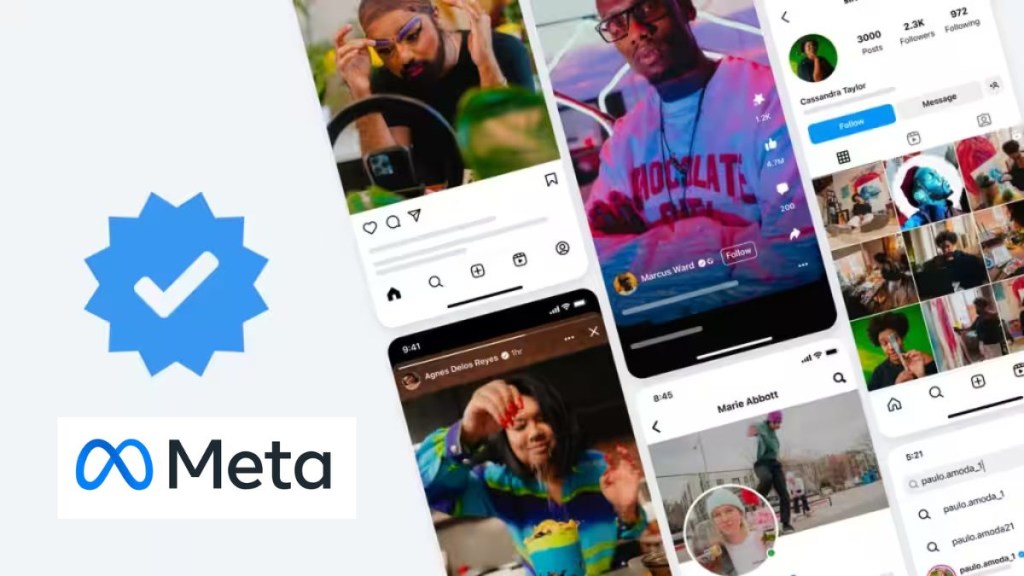It all began with Elon Musk asking for users to pay for the popular blue tick. Meta was quick to catch on to this opportunity to monetise and followed in the footsteps with introduction of free of Rs 699 per month. “Blue tick is not the only parameter that we look at when getting influencers on board. At times, it is used only to make sure profiles are genuine. A lot also depends on the kind of social activation, the kind of consumers we are talking to and even the level of engagement brands expect,” Chaitanya Joshi, executive creative director, Dentsu told BrandWagon Online.
Instagram was the most preferred platform for brands standing strong at 73.6%, followed by YouTube at 17%, among others, as per a recent report by Dentsu’s on impact of influencer marketing in India. The report further shows that fast moving consumer goods (FMCG) sector with 18.5% is one of the top spenders on influencer marketing, followed by BFSI at 16.6% and automobile at 15.9%. The fashion industry ranks fourth at 12.1%.“In my view the onus is on Meta to help create a system to help brands identify the real influencers from fakes, which have the potential to crop up given the Rs. 699 per month payment. The partnership between the platform, content creator community and the brand marketing ecosystem will absolutely be crucial for the content creator economy in India to propel the next stage of growth,” Vaseem Edroos, national planning director – digital, Lowe Lintas explained.
Change in modus operandi
Even as selling the blue tick has opened new avenues for Meta, there is a fear that now anyone can purchase the tick, thereby adversely impacting the value created by influencers previously, when one had to earn a tick, as opposed to buying one. “I don’t consider having blue tick as a threat since brands are smart enough to understand the worth of a profile which is based on content since it matters more than verification badge. However, there will be changes on the consumer side with the new policy as verified accounts can build trust among followers by letting them know that they’re not following a random impersonator. Verification comes with advantages such as higher trustworthiness, access to certain features and more engagements on profile,” Tanvi Rathod, a verified content creator on Instagram stated.
Typically, influencers category has been distinguished between three groups – large with more than five lakh followers, medium with two-five lakh followers and small with 50,000 to two lakh followers. To be sure, influencers can have different categories of follower bases, depending on their niche, style and content. For Hayden Scott, creative head APAC, Virtue Worldwide – The Agency Powered by VICE, the introduction of verification could serve as a motivating factor for influencers and creators to improve the quality of their content since they are investing in a service. “From a cybersecurity standpoint, verification helps protect genuine creators by ensuring the safety of their online identities. By verifying their accounts, they have an added layer of protection against impersonation or unauthorised use of their personal information,” he added.
Challenges for brands…….
It is believed that brands will not use the blue tick as a criteria to select an influencer. In fact the selection is expected to be backed by data. However, in the absence of a clear measurement system, a lot of brands may depend on the popularity of an influencer backed by his or her body of work. “Brands will have to start becoming more selective with the kind of influencers they associate with. A lot of metrics including engagement rate, audience demographics, content quality, creative storytelling come into play in the process,” Scott explained.
There are three categories of followers who follow influencers on social media, as per the Dentsu report. The first category is of niche-specific followers who are included in a particular subject or field such as beauty, fashion or travel. Their followers generally trust influencers for their recommendations. The second category consists of lifestyle influencers who follow these people for their overall lifestyle and personality. The third category consists of brand followers who follow influencers who promote or endorse a particular brand. While the new system will allow new micro-influencers a way to showcase their talent, it is believed that the established ones will have to up their content game. Some old and new may fade out as well. The new policy also has a danger of creating influencer content fatigue. “There are two issues, one brand’s partnership with influencers and other consumer transparency. Both the brand and influencer have to declare that the content is paid collaboration. For consumers, they must know what they are consuming is paid content. In order to identify the right influencer, brands will have to put parameters such as high engagement, right tonality, content posted and among them is having a blue tick,” Naresh Gupta, CSO and managing partner, Bang in the Middle said.

